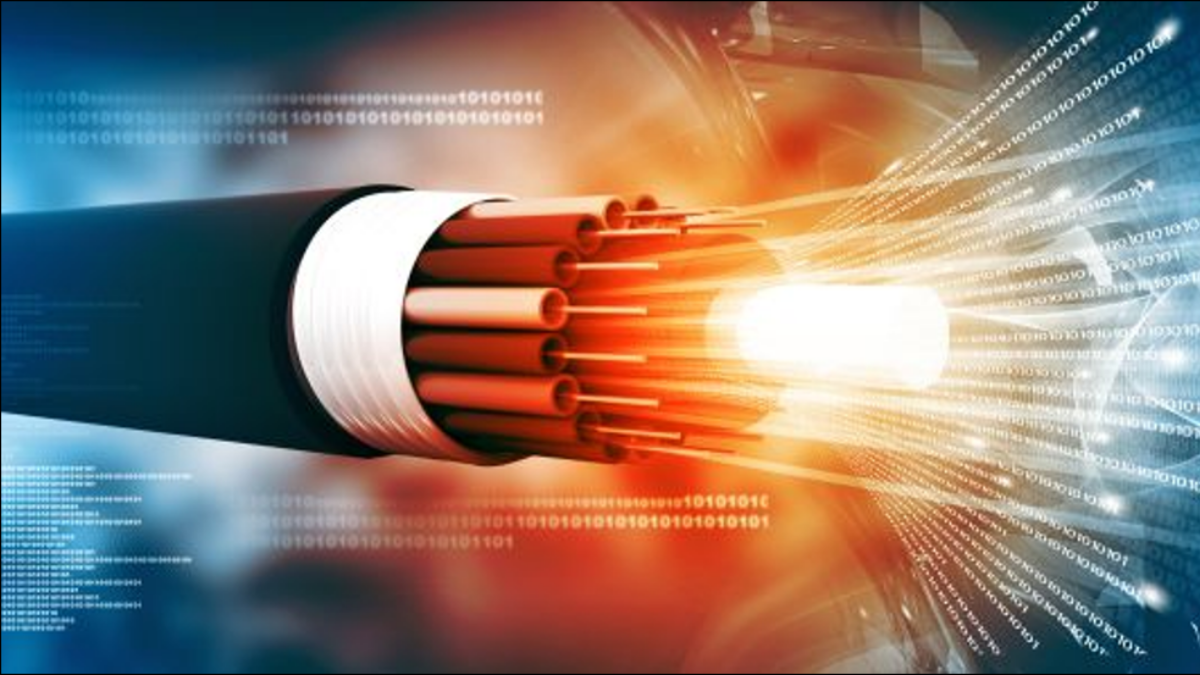
Fiber internet is becoming widely accessible throughout The United States. Users who have the facility covering their area for certainty opt for the Fiber connection. However, fiber connection due to its relatively new idea is costly but CenturyLink internet plans have you covered. It provides its users with a fiber internet connection at reasonable prices so that you have the fastest internet without having your pocket ripped out.
Not everyone yet might be aware of the fiber internet and must be stunned that how is fiber the fastest internet. No need to worry, this guide will cover everything you may need to know about the fiber internet.
Table of Contents
What is Fiber Internet?
Fiber-optic internet is a complicated technology that allows data to be transmitted using light rather than electricity. Many components make up this advanced technology, but optical fibers and the fiber-optic network’s “final mile” are two of the most important.
Optical fibers are very small, measuring around 125 microns in diameter, or roughly the size of a human hair. Cables are made up of many of these strands packed together (not to be confused with coaxial cables, which are made of copper). The optical fibers transfer information in “binary” form, comparable to the 0s and 1s used in electronics, by carrying laser or LED light pulses down the line.
These super-fast light pulses are turned into electrical output that your gadgets can comprehend and use once they arrive at their destination. This is done by a piece of equipment known as an optical network terminal, which subsequently provides the signal to the user via an Ethernet connection. The “last mile” is the distance between the main fiber network line and the end-user.
Fiber connections that run to the end user’s home, office, or desktop computer are referred to as pure fiber. This is the quickest and most expensive last-mile option since it takes fiber’s full speed and reliability to the user.
Is Fiber The Fastest Internet?
Fiber is currently the fastest internet. Data is transmitted at varying speeds across high-speed internet connections. Fiber is typically regarded as more reliable than copper and is an ideal alternative for telecommuters, multi-user families, gamers, and corporations.
Fiber optic internet is the quickest and most dependable internet connection currently available. Fiber improves download and upload speeds, allowing users to view a wider range of media and greater file sizes.
Benefits of Fiber Internet
Fiber internet is ideal for high-bandwidth families with numerous users that want to stream video, play online games, back up data, or send and receive large files at the same time, especially over long distances. From home security to smart thermostats, ovens, refrigerators, and other appliances, a fiber-connected house can provide an amazing experience across all devices and internet-connected systems. A few of the most evident benefits of the Fiber internet are as follows:
1. Reliability
Because fiber optic cable internet does not require powered lines, it is less prone to outages than traditional cable internet. Even when the lights are off, the fiber optic cable can keep sending your bits and bytes as long as it stays intact.
2. High Quality
Cable internet, with rates of 100 Mbps or less, may struggle to deliver 4K internet streaming at times. Fiber optic internet service will not even blink. Even a sub-optimal 500 Mbps fiber optic connection should have no issue streaming high-quality 4K TV and movies.
3. Throttle-Free
For some reason, we live in this irony where the electricity goes out when you most need it? For example, on a cold winter evening when you need to stay warm and are entirely relying on the central heating? This is since those cold days put a strain on our electrical lines. At the same moment, everyone’s heating is running at full capacity. Our cable internet systems are just like that. When they overload, they tend to malfunction. To prevent these interruptions, Internet providers use a technique known as “throttling.” To ration their service, your ISP may reduce your cable speed from 100 Mbps to 20 Mbps or lower at peak hours. Because fiber optic internet is less prone to overload, it does not throttle.
4. Same Download/Upload speeds
Slow upload times are no longer an issue thanks to fiber-optic internet speeds. Fiber optic internet providers can treat uploads and downloads equally because they don’t have to worry about overburdening the system. With fiber optic cable internet access, it’s easy to share files and work from home.
Conclusion
Fiber is the future of the internet now. With its rapid expansion, there is no stopping for it. It has revolutionized our browsing experience and changed it for the better.